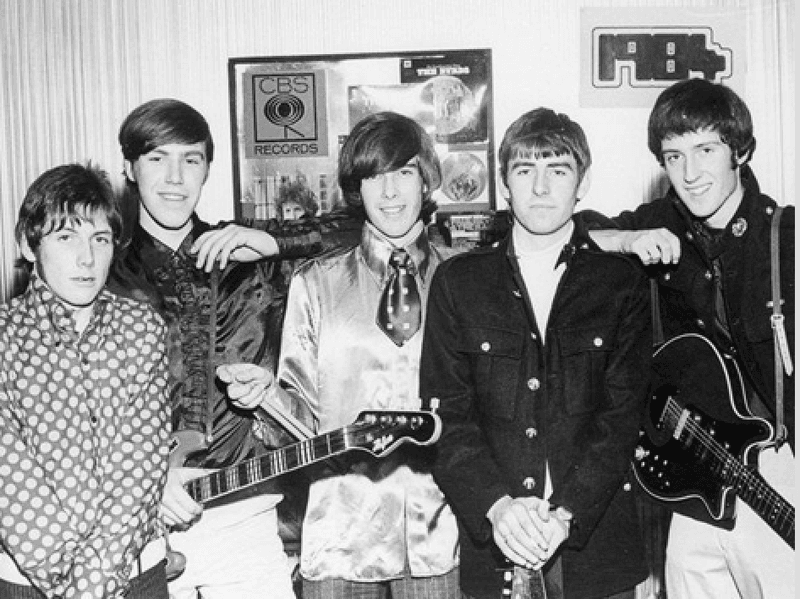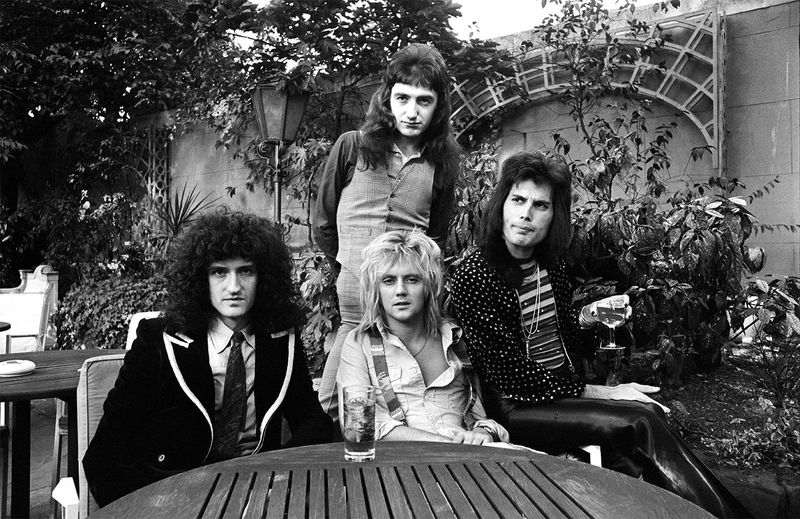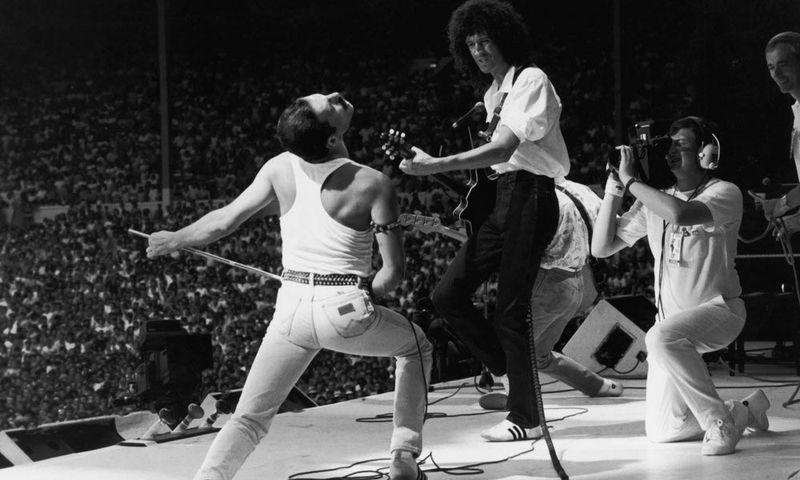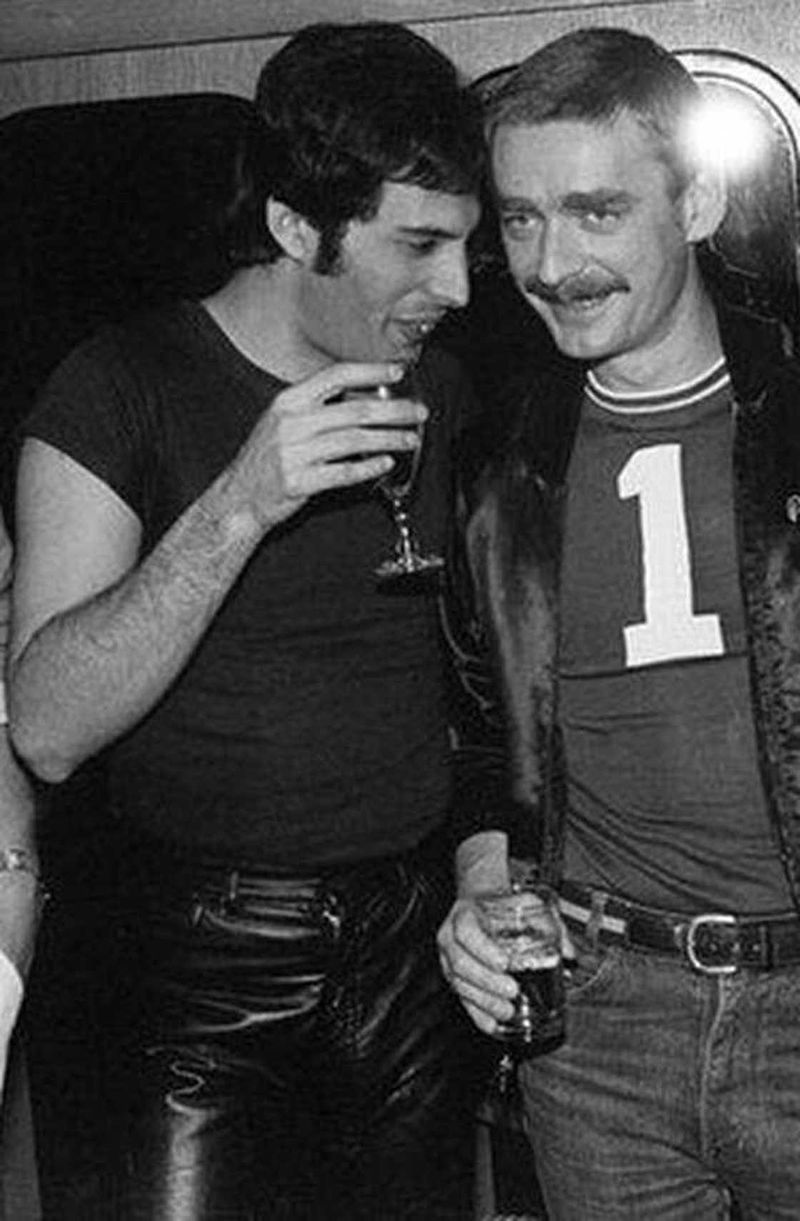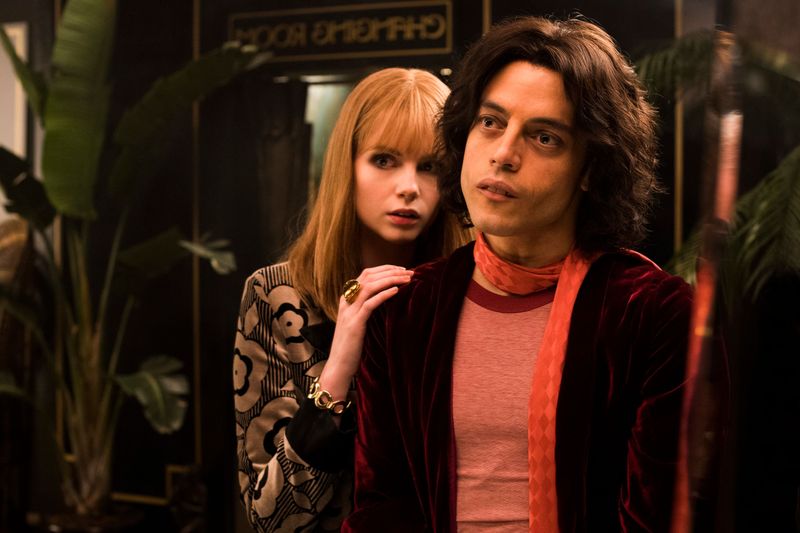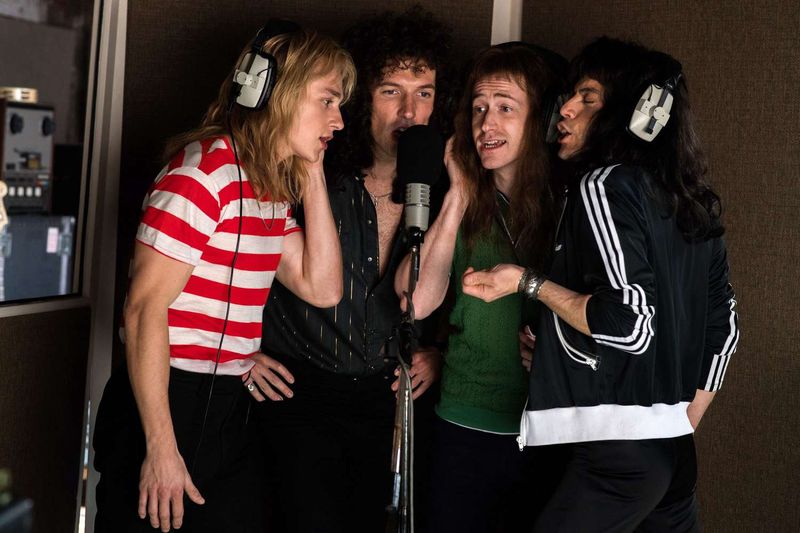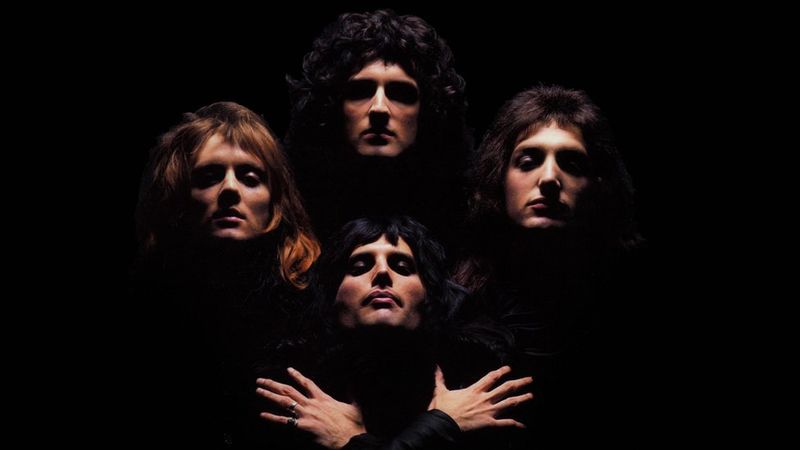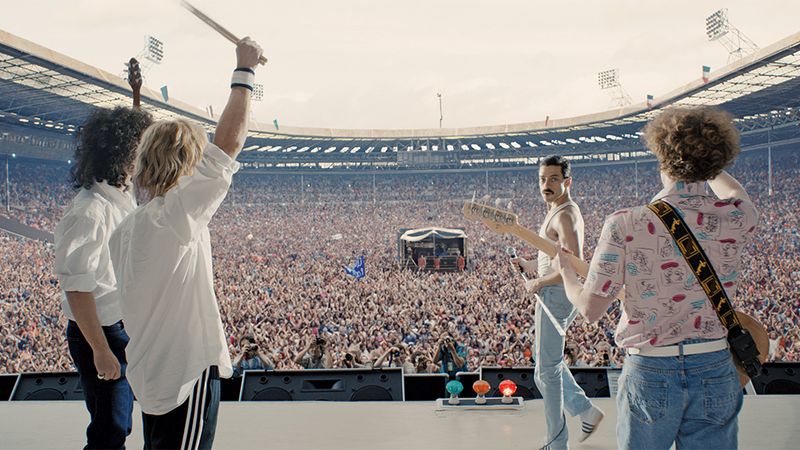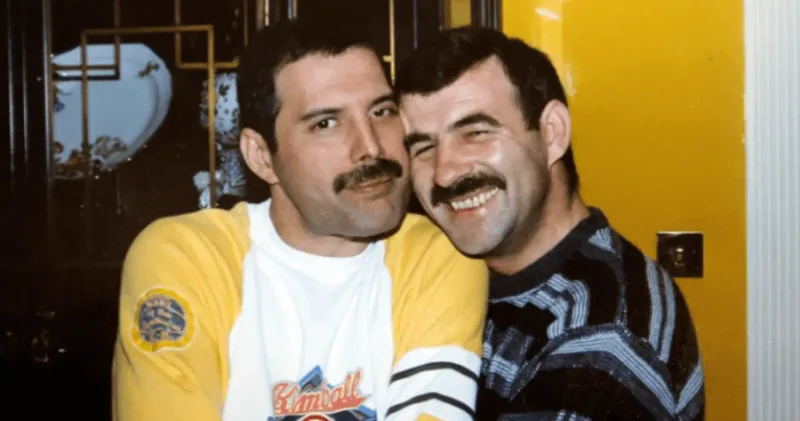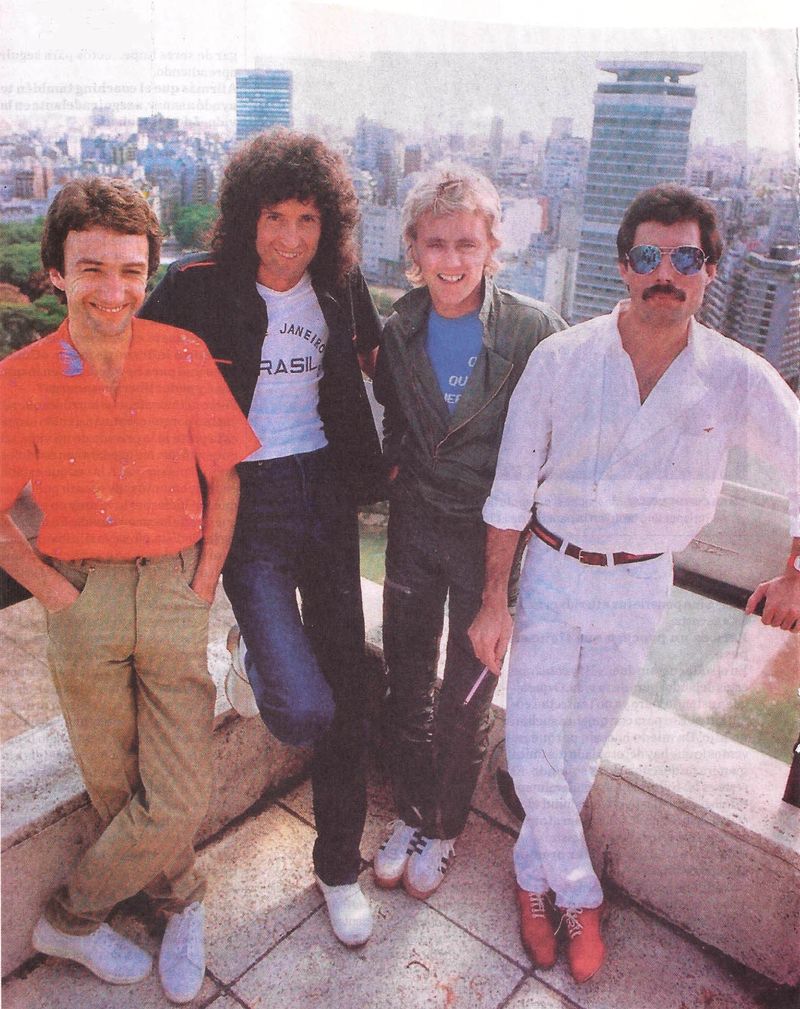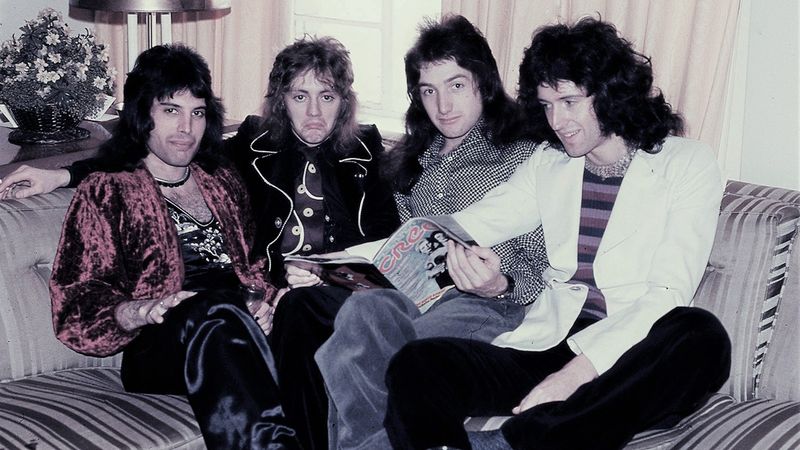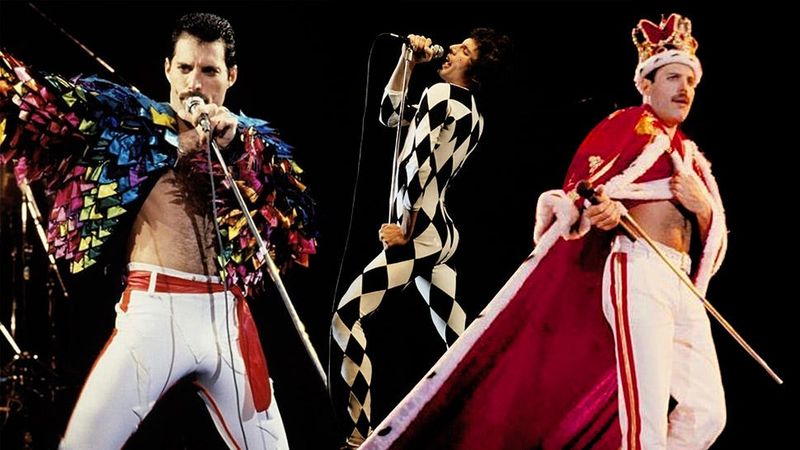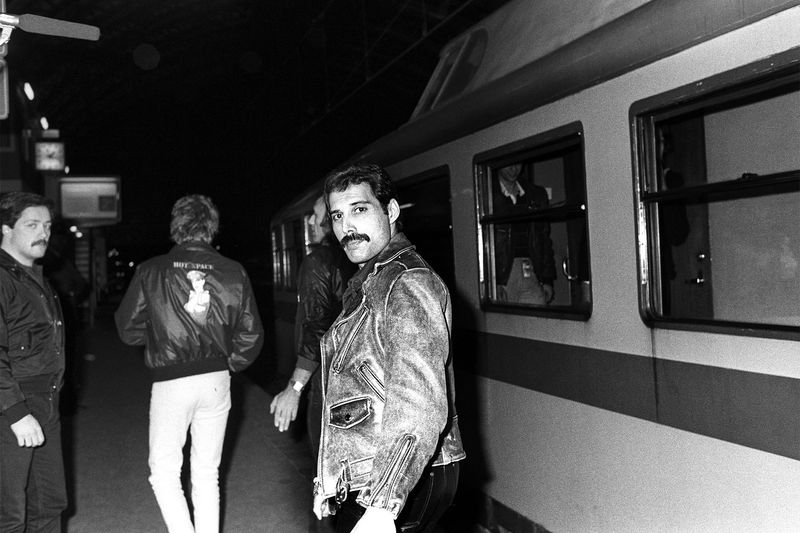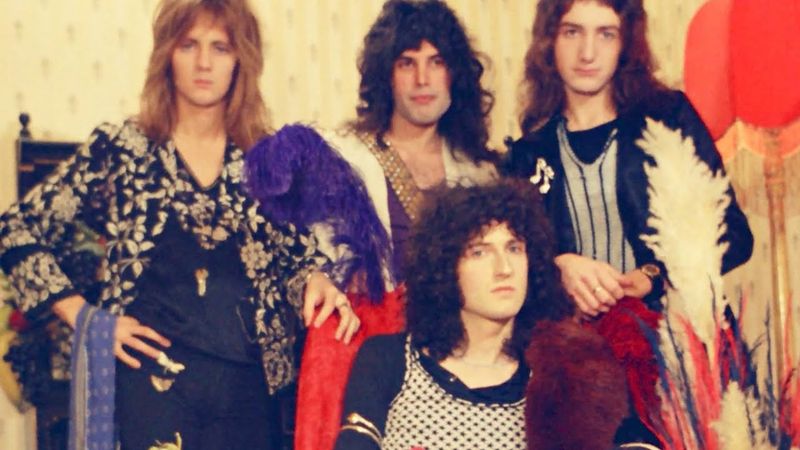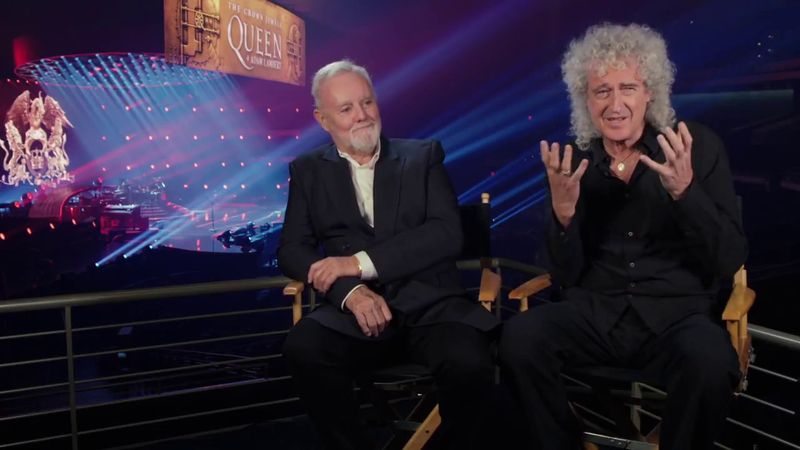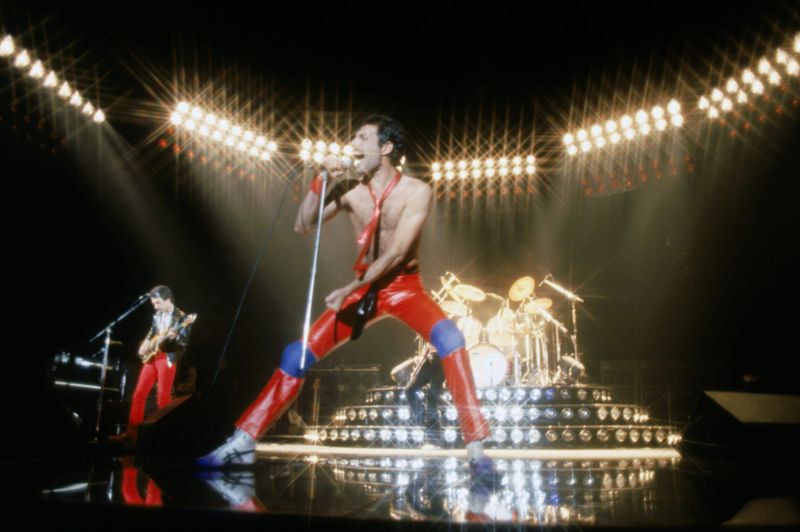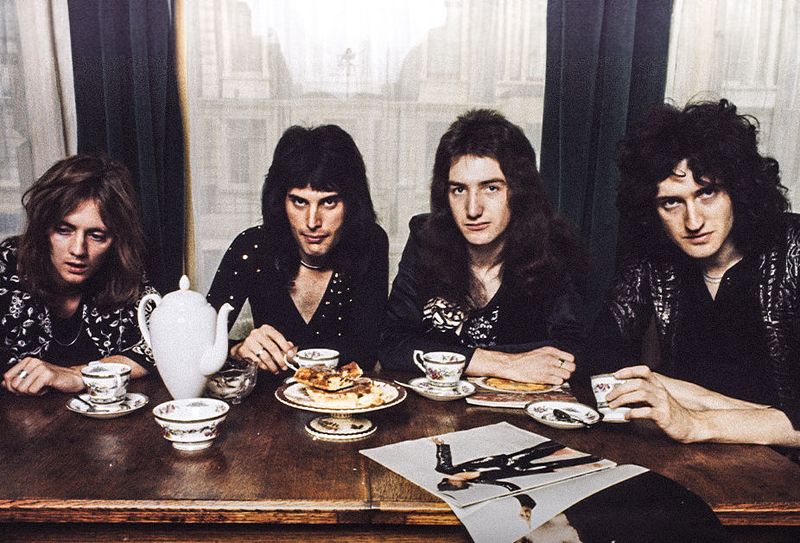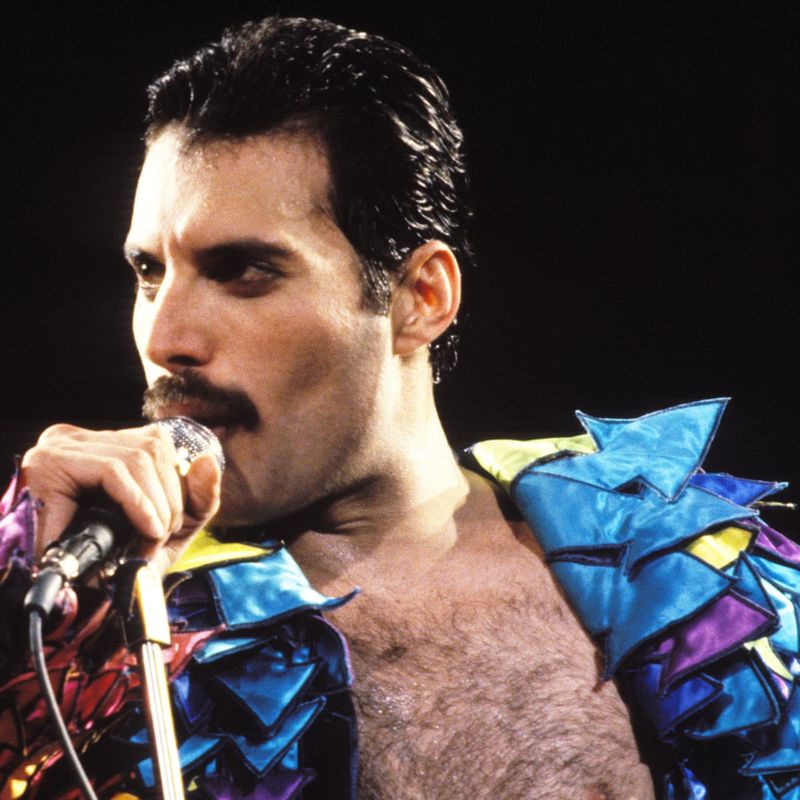Bohemian Rhapsody rocked the box office, but Queen fans and music historians know it played pretty fast and loose with the facts. From bending timelines to rewriting relationships, here are 22 things the film got totally wrong about Freddie Mercury and Queen.
1. Freddie Didn’t Join Queen at Their First Gig
The movie portrays Freddie Mercury joining Queen immediately after watching them perform as Smile. However, in reality, Freddie was already friends with the band members and joined only after lead singer Tim Staffell departed. This change simplifies the narrative but overlooks the more organic development of their relationship. Freddie’s charisma and unique style were already well-known within the circle, making his eventual inclusion in Queen a natural progression. The real story is a testament to how talent and friendship laid the foundation for one of rock’s greatest bands.
2. They Were Called Queen Before Freddie Joined
In the film, it appears as though Freddie Mercury came up with the iconic name ‘Queen’ for the band. However, the name had already been discussed among the band members before Freddie’s arrival. This decision was reflective of their bold and ambitious vision for their music. The name ‘Queen’ symbolized grandeur and theatricality, themes that would become synonymous with their music. This factual detail highlights how the band’s identity was a collective effort and not solely Freddie’s creation.
3. Freddie’s Teeth Weren’t His Insecurity
Freddie Mercury’s teeth are depicted as a significant source of insecurity in the movie, yet those close to him suggest it wasn’t a major concern for the legendary singer. Known for his flamboyant stage presence and powerful voice, Freddie’s charisma often overshadowed any physical insecurities. His prominent teeth even contributed to his distinctive vocal range, according to some experts. This portrayal in the film diminishes the confidence and self-assuredness that Freddie exuded both on and off the stage, painting a more vulnerable picture than was likely true.
4. The Band Didn’t Break Up Before Live Aid
A pivotal plot point in the movie suggests that Queen disbanded before their iconic Live Aid performance. In reality, the band was actively collaborating on various projects leading up to the event. This dramatization serves to heighten the emotional impact of their reunion on screen. However, the truth is that Queen maintained their collaborative spirit, and their performance at Live Aid was a continuation of their ongoing journey. The band’s unity was a crucial element of their enduring success, strengthened by collective creativity and loyalty.
5. Freddie Didn’t Know He Had AIDS Before Live Aid
The film suggests Freddie Mercury was aware of his AIDS diagnosis during the Live Aid concert, using it as emotional motivation. However, historical accounts indicate that Freddie wasn’t diagnosed until at least a year later. This narrative choice adds drama but misrepresents the timeline of events. Freddie’s performance at Live Aid is often regarded as one of the greatest in rock history, driven by pure talent and passion. The actual sequence of events underscores Freddie’s ability to captivate audiences, irrespective of his personal challenges.
6. Freddie Wasn’t Estranged From the Band
The film paints a picture of Freddie Mercury being distant from his bandmates leading up to Live Aid. In contrast, the reality was one of close collaboration and mutual respect. The band members shared a camaraderie that transcended professional boundaries. They spent countless hours writing, recording, and performing, maintaining a strong bond throughout. This dramatic estrangement adds tension to the storyline but overlooks the real dynamics of Queen, marked by brotherhood and shared passion for their craft.
7. Paul Prenter Wasn’t That Villainous
Paul Prenter is portrayed as the ultimate antagonist in Freddie Mercury’s life in the movie. While their relationship was indeed complex, the film exaggerates his negative influence. In real life, Prenter was a trusted confidant and manager, though their relationship eventually soured over professional disagreements. The movie amplifies his role as a manipulative figure, overshadowing the genuine connections and influences in Freddie’s life. This vilification simplifies the intricate web of relationships that shaped Freddie’s personal and professional journey.
8. Mary Austin Didn’t Cut Freddie Off
The film suggests Mary Austin, Freddie Mercury’s lifelong confidante, distanced herself from him. In truth, their relationship remained steadfast until his death. Mary was a cornerstone in Freddie’s life, a source of unwavering support and affection. Their bond endured through life’s ups and downs, with Freddie often referring to her as his one true friend. This depiction in the film distorts the depth of their connection, which was one of mutual respect and enduring friendship, transcending the romantic phase of their relationship.
9. The Creation of “Bohemian Rhapsody” Was More Collaborative
The movie portrays ‘Bohemian Rhapsody’ as largely the brainchild of Freddie Mercury. In reality, the song’s creation was a collaborative effort involving all the band members. Each contributed their unique talents, refining and perfecting the masterpiece together. This collaborative spirit was a hallmark of Queen’s success, allowing them to push musical boundaries and create timeless hits. The film’s portrayal simplifies this process, overshadowing the teamwork and shared creativity that were integral to their groundbreaking sound.
10. They Didn’t Need to Convince a Label to Release It
The film dramatizes the struggle to release ‘Bohemian Rhapsody,’ depicting record executives as skeptical. However, EMI was supportive from the start, recognizing the song’s potential. This decision reflected the label’s trust in Queen’s artistic vision. While the song’s length was unconventional, its innovative structure and daring composition quickly won them over. The movie’s narrative adds tension but fails to capture the faith and foresight of those who believed in Queen’s groundbreaking approach to music.
11. Live Aid Wasn’t a “Comeback”
The film positions Queen’s Live Aid performance as a comeback. In reality, the band was already enjoying success with their album ‘The Works’ and an ongoing tour. Live Aid was an opportunity to showcase their dynamic stage presence and connect with a global audience. The event is remembered as one of the most celebrated performances in rock history, not because it signified a return, but because it highlighted Queen’s enduring appeal and mastery of live performance.
12. Jim Hutton and Freddie’s Relationship Was Deeper Than Shown
Jim Hutton’s portrayal in the film simplifies his relationship with Freddie Mercury. In reality, they shared a deep and meaningful partnership, with Jim by Freddie’s side during his final years. Their bond was built on mutual respect and love, providing Freddie with companionship and support. This nuanced relationship played a significant role in Freddie’s life, offering a sense of normalcy amid the chaos of fame. The movie’s depiction fails to fully capture the depth and importance of their connection.
13. Freddie’s Solo Career Didn’t Cause a Rift
The movie portrays Freddie Mercury’s solo endeavors as a source of tension within Queen, but in reality, they had little impact on the band’s dynamics. Both Roger Taylor and Brian May had released solo albums before Freddie, embracing their individual creativity. This understanding allowed the band members to explore personal projects without jeopardizing their collective success. The film’s interpretation overlooks the respect and freedom they afforded each other, fostering an environment where individual pursuits could complement their shared vision.
14. “We Will Rock You” Wasn’t Written That Late
Contrary to the film’s timeline, ‘We Will Rock You’ was written and released in 1977, long before the events depicted in the 1980s. Brian May’s iconic composition became an anthem, characterized by its distinctive stomp-stomp-clap beat. The song’s premature placement in the movie serves the narrative but distorts the chronology. This detail highlights the creative foresight and innovation of Queen during their early years, establishing their legacy as rock pioneers.
15. The Band’s Dynamics Were Healthier Than Portrayed
While the film showcases Queen’s internal conflicts, their real dynamic was one of mutual respect and creative synergy. Disagreements were part of their artistic process, but they were balanced by a shared commitment to their music. This healthy dynamic enabled them to push boundaries and create iconic hits. The film amplifies tensions for dramatic effect, overshadowing the genuine camaraderie and collaboration that defined their relationship. Queen’s enduring success was built on this foundation of teamwork and innovation.
16. Freddie Wasn’t the Only Flamboyant One
Freddie Mercury’s flamboyant persona is central in the film, but he wasn’t the only member with a flair for theatrics. Both Roger Taylor and Brian May exhibited rock star swagger, embracing extravagant styles and performances. Their collective showmanship captivated audiences, establishing Queen as a theatrical powerhouse. The movie’s focus on Freddie overshadows the vibrant personalities of his bandmates, who contributed to the band’s unique image and dynamic stage presence. Together, they redefined what it meant to be rock icons.
17. Freddie’s Partying Was Exaggerated
The film’s portrayal of Freddie Mercury as a relentless partygoer exaggerates his lifestyle. While he enjoyed the nightlife, Freddie was also disciplined and dedicated to his craft. His professionalism ensured Queen’s success, balancing fun with responsibility. This exaggerated depiction narrows the complexity of Freddie’s character, focusing on the artist’s wilder side. In reality, his commitment to music and ability to inspire those around him were the driving forces behind his legendary status, far beyond the party scene.
18. There Was No Surprise Reunion at Freddie’s House
The emotional reunion at Freddie Mercury’s house before Live Aid, depicted in the film, never happened. Queen’s members were consistently in touch, collaborating on music and performances. This fictitious scene adds drama but detracts from their genuine, ongoing connections. The band’s story is one of continuous partnership, withstanding challenges through mutual respect and creativity. Highlighting this reality showcases their enduring bond and the strength of their collaborative spirit, defining their legacy as more than momentary reconciliations.
19. Brian May and Roger Taylor Were Heavily Involved—But Not Always Accurate
Brian May and Roger Taylor’s involvement in the film adds authenticity, but it also shapes the narrative. Their influence might have softened or altered some aspects, reflecting their perspectives. While their contributions provide insight, the film’s accuracy is sometimes compromised to fit a dramatic arc. Understanding this helps in appreciating the movie as a tribute rather than a documentary. Their dedication to preserving Queen’s legacy is evident, but the cinematic portrayal might not always align with historical truths.
20. The Timeline of Hits Is All Over the Place
The film’s sequencing of Queen’s hits is noticeably inaccurate, with songs appearing out of their actual release order. This creative liberty serves the narrative but misrepresents the band’s musical journey. Queen’s discography evolved over time, each hit building on their artistic development. Recognizing the true timeline underscores their innovative growth and adaptation within the music industry. While the movie captures the essence of their impact, it doesn’t do justice to the natural progression of their career achievements.
21. Queen Wasn’t an Overnight Success
The film suggests Queen achieved instant fame following ‘Killer Queen,’ but their rise was more gradual. Early struggles and persistence paved their path to success. Through relentless touring and dedication, they built a loyal fan base, eventually leading to widespread acclaim. This journey reflects the band’s resilience and determination, key elements that contributed to their legendary status. The movie’s portrayal simplifies their ascent, overlooking the hard work and strategic decisions that solidified their place in rock history.
22. Freddie’s Legacy Was Bigger Than the Film Lets On
While the film ends on a triumphant note, it only captures a fraction of Freddie Mercury’s lasting impact. His legacy extends beyond music, influencing activism and cultural conversations about identity. The 1992 tribute concert and ongoing remembrances highlight his profound influence on fans and fellow artists. This enduring legacy is a testament to his extraordinary talent and the universal appeal of his message. Although the movie celebrates his life, it doesn’t fully encompass the vastness of his contributions to the world.

